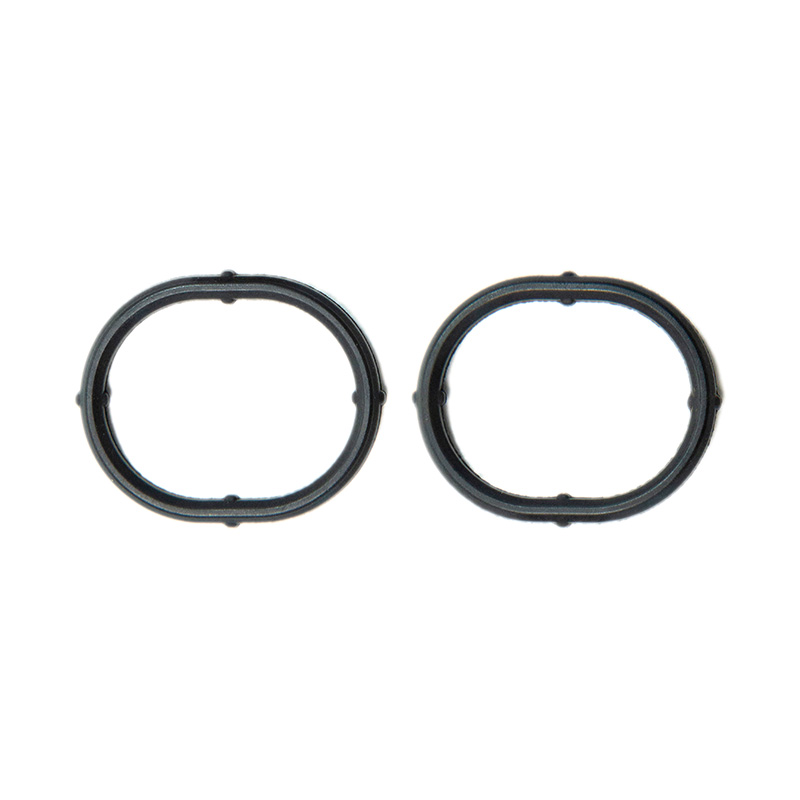+86-576-88024290
Search
25 07, 2025
Industry Updates
O-Rings are essential sealing components used across a wide range of industries, from automotive and aerospace to food processing and pharmaceuticals. Despite their simple appearance, the performance of O-Rings depends heavily on the precision and quality of their manufacturing process. In recent years, significant advancements in O-Ring manufacturing techniques have led to improved quality control, ensuring greater reliability, durability, and performance.
One of the notable developments in O-Ring production is the evolution of material compounding. The process begins with the careful selection and blending of raw elastomers with additives such as curing agents, plasticizers, fillers, and stabilizers. This step is critical in determining the final properties of the O-Rings, including their resistance to temperature, chemicals, and mechanical stress. Modern compounding techniques use advanced equipment like Banbury mixers and continuous mixers to ensure uniform consistency and quality in the material blend.
Molding technology has also seen significant improvements. Traditional compression molding remains widely used, but injection molding and transfer molding are gaining popularity due to their ability to produce high-precision O-Rings with complex geometries. These methods allow for better control over temperature, pressure, and cycle time, which are crucial parameters in ensuring the dimensional accuracy and structural integrity of O-Rings.
Quality control during the molding process has become more sophisticated. Manufacturers now use non-contact optical measuring systems and digital microscopes to inspect O-Rings for dimensional accuracy and surface defects. These tools help detect issues such as surface cracks, bubbles, and incorrect dimensions without deforming the O-Rings, to more reliable inspection results.
Post-production processes have also been refined. Trimming, once done manually, is now increasingly automated using low-temperature freezing techniques. This method hardens the excess rubber edges, making them brittle and easy to remove through mechanical impact. This not only improves the appearance and fit of the O-Rings but also enhances their sealing performance.

Another key advancement is the implementation of secondary curing, also known as post-curing. This process involves heating the molded O-Rings in ovens to complete the vulcanization process. It improves the physical properties of the O-Rings, such as hardness, wear resistance, and aging resistance, and helps eliminate minor defects like bubbles or cracks.
To ensure consistent quality, manufacturers are adopting more rigorous testing protocols. These include tensile strength tests, compression set tests, and thermogravimetric analysis to verify material composition and performance under various conditions. Such comprehensive testing helps predict the long-term behavior of O-Rings and prevents failures in critical applications.
In addition to technical improvements, there is a growing emphasis on standardization and compliance with international quality norms such as ISO 3601. These standards define the dimensional tolerances, material properties, and performance criteria that O-Rings must meet. Adhering to these standards ensures that O-Rings perform reliably across different environments and industries.
The integration of digital tools and software in the design and analysis of O-Rings has also contributed to better quality control. Finite element analysis (FEA) and other simulation tools allow engineers to model the behavior of O-Rings under various conditions, enabling more accurate predictions of their performance and potential failure modes.
In conclusion, the advancements in O-Ring manufacturing techniques have significantly enhanced quality control across the production cycle. From material compounding and molding to inspection and testing, each stage has benefited from technological innovations that ensure the production of high-performance, defect-free O-Rings. As industries continue to demand greater precision and reliability, these improvements will play a crucial role in meeting the evolving needs of modern applications.